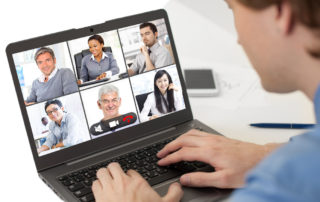Accomplish More in Less Time by Climbing the Productivity Pyramid
The establishment of an ongoing, organization-wide productivity improvement program requires the right company culture, a continuous improvement mindset, innovative thinkers and the active support of senior management—but this is not enough. To be successful, it must also have a defined set of processes, the ability to measure and communicate your results and a clear understanding of how each productivity enhancement provides value to the organization. These processes are established on each of the seven steps on the Productivity Pyramid, which—if followed—creates a company environment where more is done in less time. The Productivity Pyramid concept states that for productivity improvement activities to be effective and long-lasting, they can’t be randomly performed. These activities must be organizationally grounded, systematically implemented and administratively supported. They must align with your corporate goals and culture, be implemented with formal plans based on anticipated results and able to be repeated going forward. In addition to describing the steppingstones toward the creation of a successful productivity program, the Productivity Pyramid can also be used to assess your organization’s current productivity maturity. The seven steps can help you craft a plan for the future, and also asses your current productivity abilities and needs. Step One: Goal Alignment The alignment of individual, project, department and corporate goals is a mainstay of the strategic planning process. This is also true for your productivity goals. As a result, as you define your productivity related activities, you must also prioritize them based on the answers to these two questions: a) Does this productivity [...]







